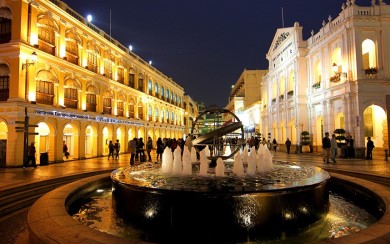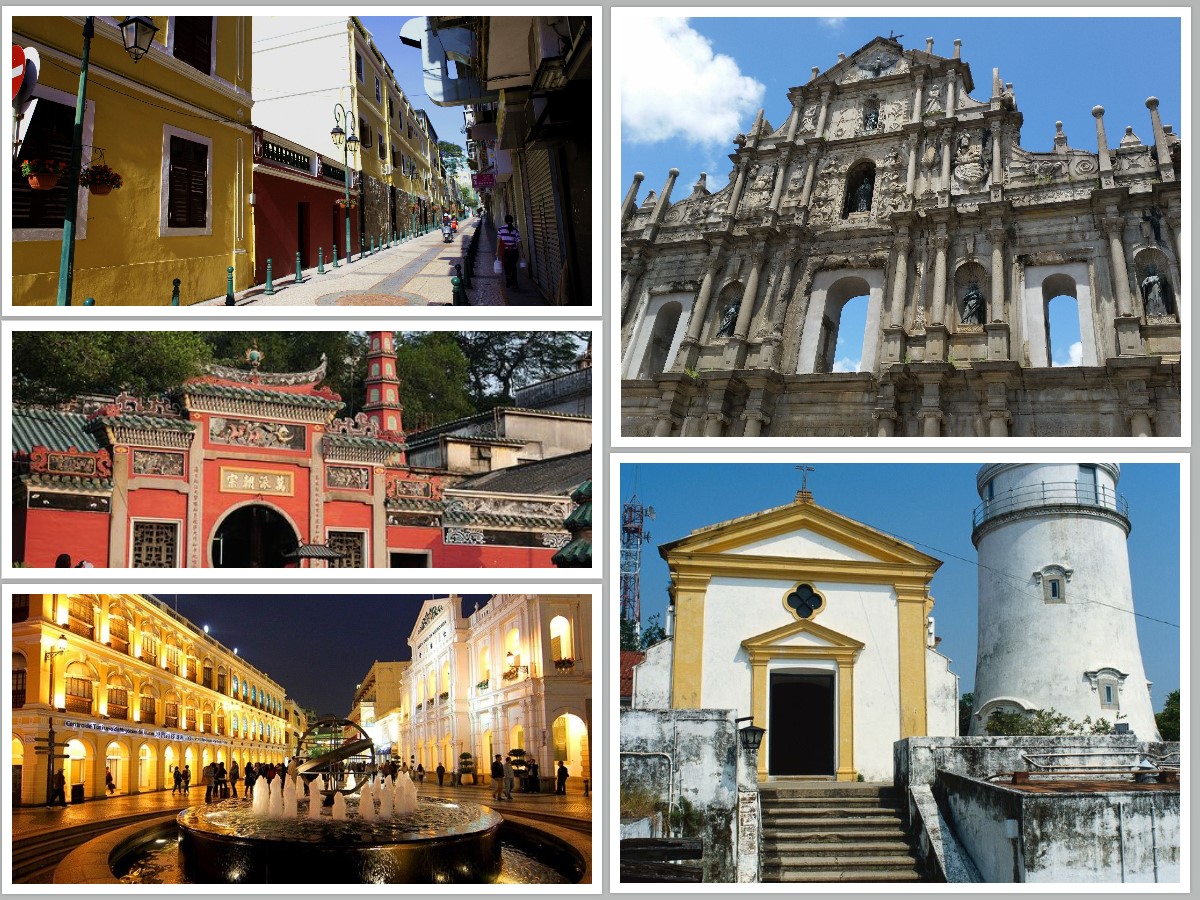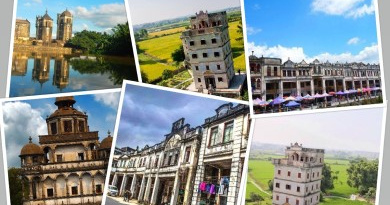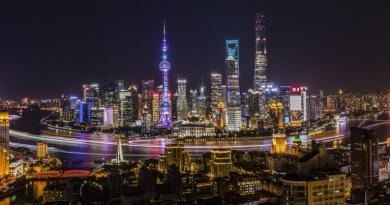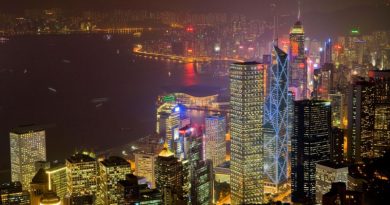The UNESCO World Heritage Site: Historical Centre of Macau
Once the lucrative port in the Far East of the Portuguese, the Historical Centre of Macau is a living museum of the long lasting encounters between China and the West, and the city flourished under the vibrancy of international trade. Today, the Historical Centre of Macau is the old city of Macau, comprising squares, churches, temples, fortress, of which some of them are still functioning. Here are some of the sites to explore:
A Ma Temple
The A Ma Temple is the oldest temple containing valuable historical artefacts today, and is also the longest surviving building in Macau. The temple includes the Gate Pavilion, the Hall of Benevolence, the Hall of Guanyin and the Zhengjiao Chanlin (a Buddhist pavilion). When the first Portuguese settlers arrived in the 16th century and asked for the name of the place, they were told ‘A-Ma Gau’, which refers to the name of this temple and became the name of this city.
Barra Square
Barra Square lies in front of the A Ma Temple. It’s front part is constructed from famous Portuguese mosaic, with ochre and charcoal as the principal colours. The tiles are laid in a wavy pattern to mirror the flow of a nearby river. The overall effect is one of fluidity and gives a strong seaside flavour.
Moorish Barracks
Built in 1874 by the Italian architect Cassuto, this was originally used to accommodate an Indian regiment from Goa, but now serves as the offices of the Marine and Water Bureau of Macau SAR. The building shows Islamic influence in its design.
Mandarin’s House
Built before 1869, this was the residence of the famous Chinese thinker Zheng Guanying. It was built mainly in the traditional Chinese style, exemplified by the many different forms of windows, the roof, the house superstructure, building materials. But some foreign elements were also incorporated, such as the use of grey bricks and the Indian-styled ceiling, the archway over the door and window openings.
Lilau Square
Lilau in Portuguese means ‘mountain spring’, and this used to be the principal source of water in Macau. Being close to the Inner Harbour, Lilau was one of the first areas to be inhabited by Portuguese settlers. There is a popular Portuguese phrase that goes: “One who drinks from Lilau never forgets Macau: one either makes it home, or will return again” which expresses the locals’ attachment to thd Square. The buidings around Lilau Square are mostly apartment blocks built and decorated in Portuguese style, bring a Southern European flavour.
St Lawrence’s Church
Although it was originally built in the mid-1600s, it is one of the three oldest churches in Macau. The present structure dates from 1846. The area around the church used to be an affluent neighbourhood, hence, the building’s grandeur. The church’s exterior is the neo-classical style with hints of the Baroque.
St Joseph’s Seminary and Church
The seminary, constructed in 1728, produced many important missionary figures working in China and SE Asia. The church was built later in 1758, and has many similarities with St Paul’s Church. It was built in Baroque style, with magnificent arc-shaped line on the lintel. The Church houses a relic of the first missionary to East Asia.
St Augustine’s Square
This tranquil little square brings together several notable monuments, including the St Augustine’s Church, the Dom Pedro V Theatre, St Joseph’ s Seminary and Church, and the Sir Robert Ho Tung Library. The cobblestones pavement is the traditional Portuguese streetscape.
St Augustine’s Church
The Church was first constructed by a group of Spanish Augustinian priests as a seminary in 1586, and later moved to Santo Agostinho Square in 1591. In the past, the priests used Chinese fan palms to cover the Church’s roof when there was rain. The palm leaves looked like beard of a dragon when blowing in the wind, hence the church got another name: Long Song Miu. The facade of the church is divided into two levels and crowned by a pediment. Two granite columns flank the main entrance. The interior columns support the vaulted roof and divide the church into three sections that are simple and classical in appearance. The present church was the result of reconstruction in 1874 and the first church that preached in English in Macau.

